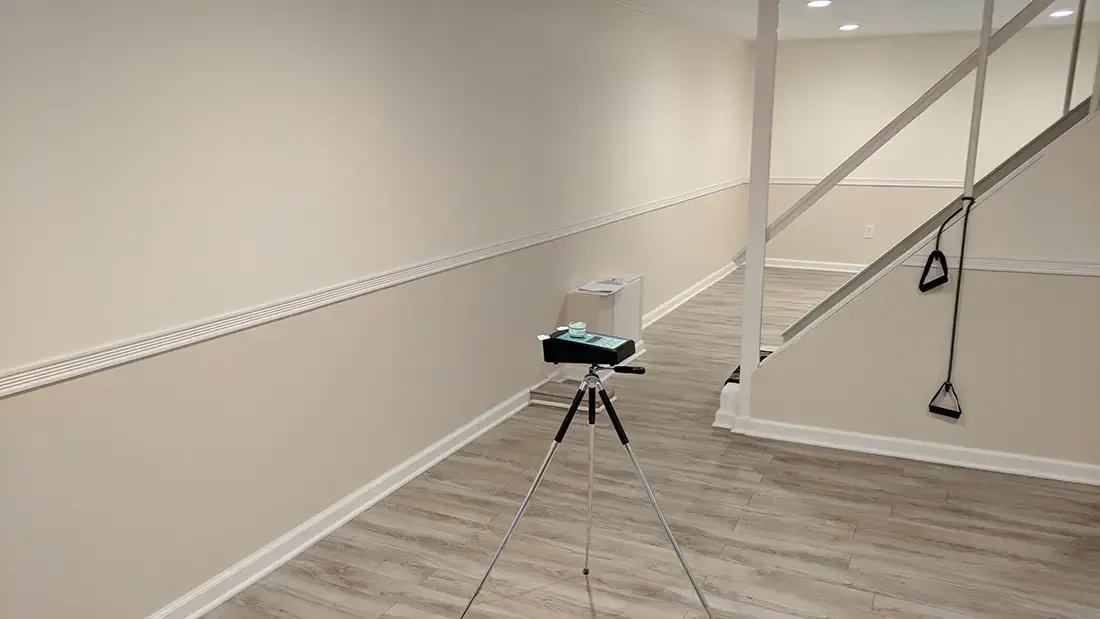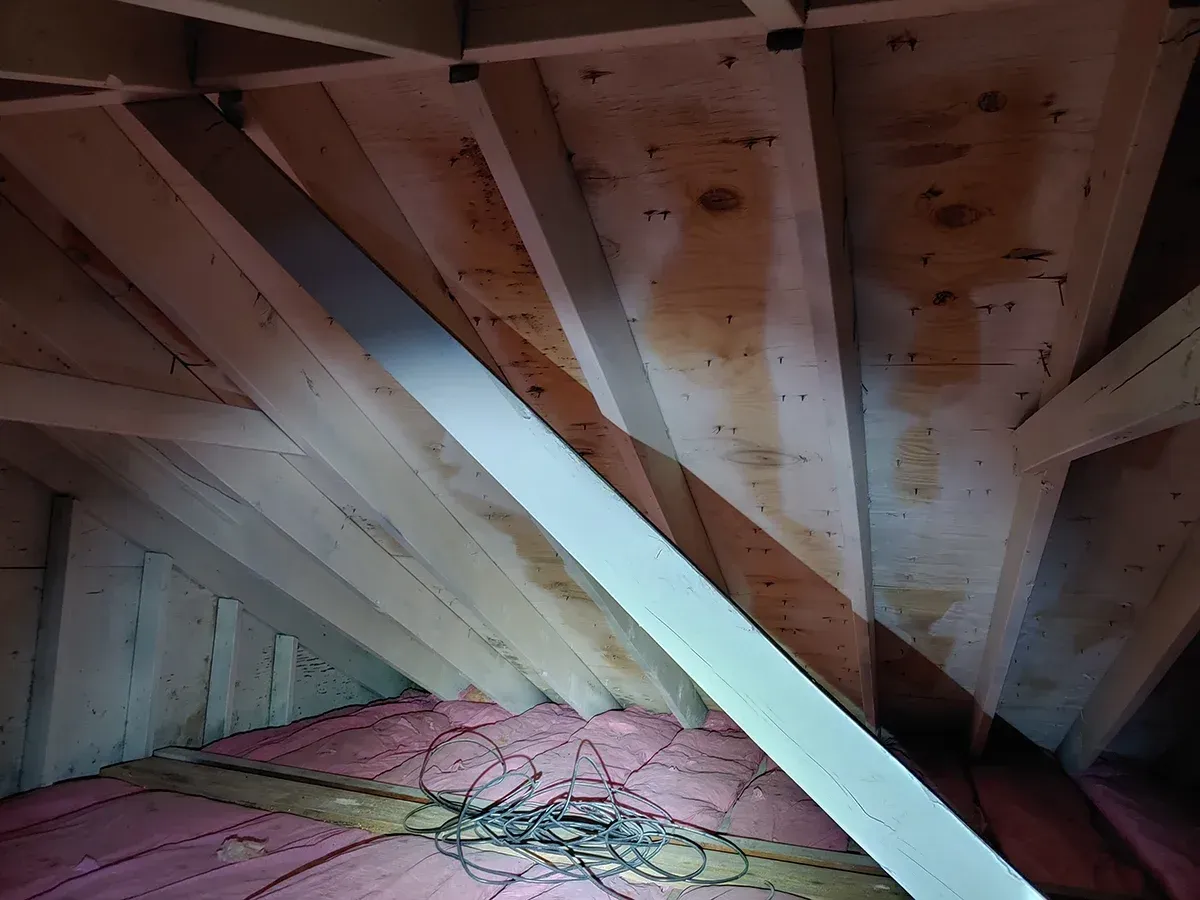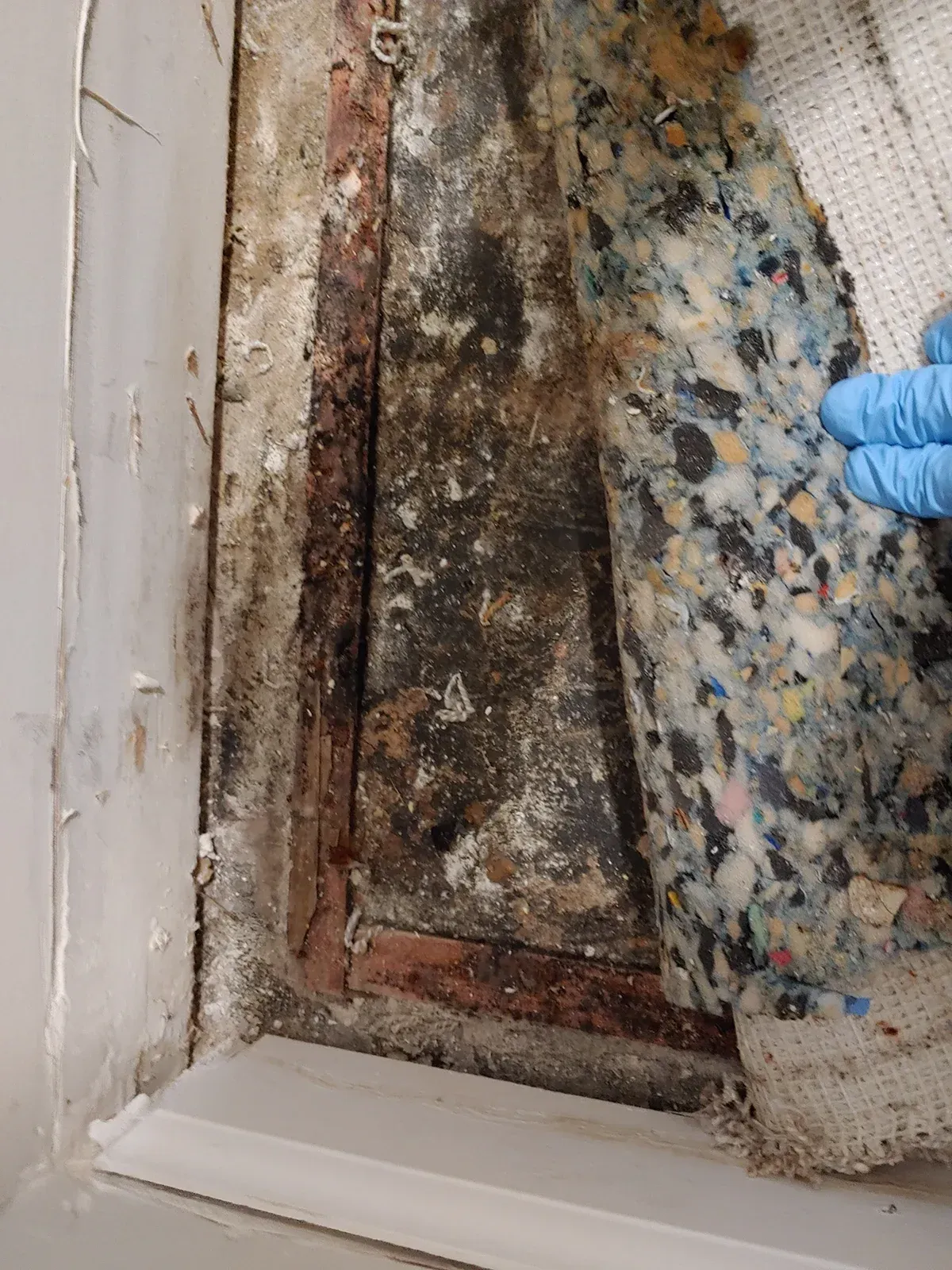Breathe Easy: Guide to Home Air Quality Testing

Why Your Home's Air Quality Deserves Your Attention
Imagine the air in your home as an invisible sea you swim in daily. It's easy to overlook its importance when it's all around us, unseen and unfelt. Yet, the quality of this air is vital to our well-being, comfort, and health. Contaminants like mold spores—tiny, invisible, and potentially harmful—can thrive unnoticed. Understanding and improving the air we breathe indoors is crucial for safeguarding our health and ensuring our homes are sanctuaries of safety and comfort. If mold is indeed the main culprit, you must reach out for the best attic mold remediation Myrtle Beach, SC has to offer.
Navigating Indoor and Outdoor Air Quality Testing
Engaging the Experts: When you're ready to improve your home’s air quality, the first step is to consult with air quality professionals. They are equipped with sophisticated tools that can detect even the most elusive air pollutants.
Tools of the Trade
· Impaction Sampler: Captures airborne spores on a sticky surface by drawing air through it with force.
· Cassette Samplers: Single-use devices that collect spores on a plate as air passes over, ensuring a thorough sampling from various locations in your home.
Indoor vs. Outdoor Air Analysis: Understanding the quality of air inside your home involves more than just examining the indoor environment. Professionals also analyze outdoor air to set a benchmark for what’s normal.
Why Compare?
· Baseline Establishment: The outdoor air sample acts as a control to identify typical air quality levels.
· Identifying Anomalies: Comparing indoor samples with this baseline highlights any abnormal spore concentrations originating inside your home, which could signal underlying issues.
Comprehensive Analysis: After collecting data from both inside and outside your home, experts conduct a detailed comparison. The aim is to ensure that the quality of your indoor air surpasses the outdoor baseline, indicating a lower presence of indoor contaminants.
This detailed analysis not only pinpoints existing problems but also helps in laying the groundwork for future preventative strategies. Understanding how and where contaminants enter and persist in your home is crucial for maintaining a healthy indoor environment.
The Impact of Attic Mold on Indoor Air Quality: Attic Mold Remediation
Mold growth in the attic is a common issue that can significantly affect the indoor air quality of a home. Due to the attic's typical conditions—dark, often damp, and poorly ventilated—mold finds an ideal environment to thrive. When mold spores from the attic infiltrate the rest of the home through air currents, HVAC systems, or even minute openings, they can degrade indoor air quality, posing health risks and compromising the comfort of the living environment.
· Mold Spores as Airborne Contaminants: Mold in the attic releases spores into the air, which can circulate throughout the house. These spores are microscopic and easily inhaled, making them a direct indoor air pollutant.
· Odor and Humidity Issues: Apart from the health risks, mold can produce musty odors that permeate the home, creating an unpleasant living environment. High humidity levels often accompany mold growth, further deteriorating air quality and comfort.
Addressing mold issues in the attic is crucial for maintaining good indoor air quality. Attic Mold Remediation is the best option for fully clearing out the problem and achieving clean air quality.
The Process
1. Decide to Act: Make the conscious decision to evaluate and improve indoor air quality. This is the first and most crucial step towards a healthier living environment. Contact indoor air quality specialists with the tools and expertise to accurately assess the air within your home. These professionals are equipped to detect and analyze pollutants invisible to the naked eye.
2. Indoor Sampling Begins: The specialist collects air samples from various locations inside your home using advanced tools like Impaction Samplers and Cassette Samplers. Each tool has a unique method for capturing air contaminants, ensuring a comprehensive analysis of your indoor air.
3. Collect an Outdoor Control Sample: Besides indoor sampling, a control sample is taken from the outside air. This step is critical for establishing a baseline and accurately comparing indoor and outdoor air quality.
4. Analysis and Comparison: The specialist compares the findings from samples inside and outside your home. The goal is to ensure that indoor air is comparable to the outdoor baseline and, ideally, contains fewer contaminants.
5. Understand the Results: The expert interprets the data, identifying indoor and outdoor air quality discrepancies. This analysis helps pinpoint specific problems within your home's air.
6. Implement Remediation and Prevention Strategies: Based on the analysis, the specialist will recommend actions to address any identified air quality issues. This might include improving ventilation or reducing sources of indoor pollution.
7. Reduce Mold: Mold remediation in Randolph NJ is essential for ensuring mold spores are not circulating through the air. This is bad because mold spreads as well as causing health issues.
The Path to Purer Air
The journey to understanding and improving your home's air quality is a blend of science, technology, and proactive stewardship of your living environment. It's a testament to the fact that, though we might not see it, our air is vital to our health and well-being. By embracing this process, we take a significant step towards creating safer, healthier homes where we can breathe easily, knowing the air around us is clean and life-sustaining.



